World
Types of Accidents That Can Be Avoided On Construction Sites
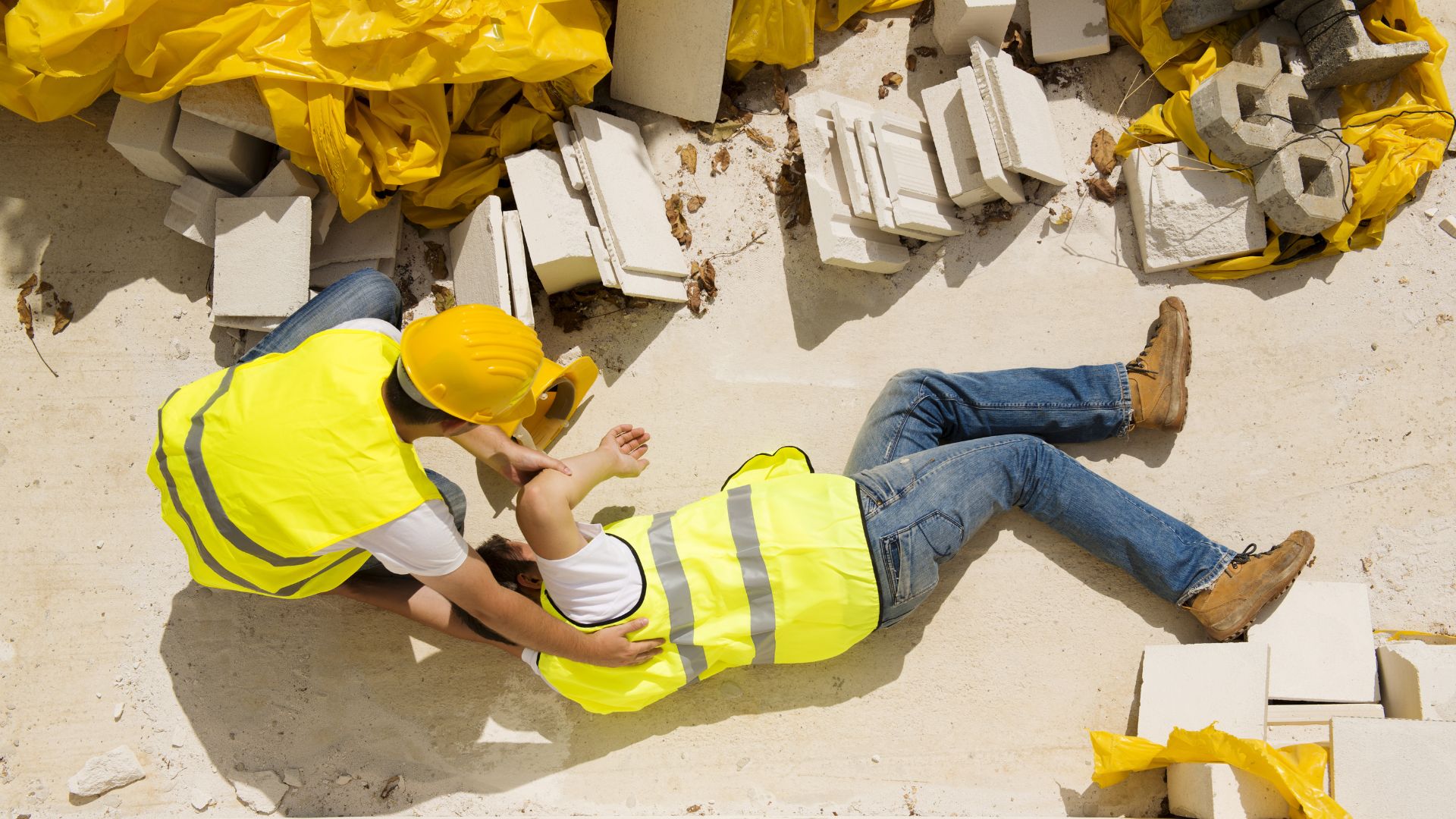
Construction sites are dangerous places. In fact, construction workers have some of the most dangerous jobs in America. According to the Occupational Safety and Health Administration (OSHA), fatal work injuries occurred at a rate of 10.1 per 100,000 full-time equivalent workers in 2018. Construction workers’ leading causes of death were falls, being struck by an object, and electrocutions.
While construction accidents can’t always be prevented, some types of accidents are more likely to occur than others. By being aware of the most common types of accidents on construction sites and taking steps to avoid them, you can help keep yourself and your coworkers safe.
Accidents Caused by Defective Equipment
Another common type of accident that occurs on construction sites is when a worker is injured by defective equipment. To prevent this type of accident, construction companies should regularly inspect all equipment before it is used. In addition, workers should be properly trained on how to use the equipment and be aware of any hazards associated with it. If any defects are found, the equipment should be repaired or replaced before it is used again. Unfortunately, with all the construction in NYC, there has been more than one occasion of a New York crane accident.
Accidents Caused by Falling Objects
Being struck by an object accounts for about 8% of all construction worker deaths. This type of accident can be prevented by using fall protection systems like barriers, nets, and guardrails. Workers should also be properly trained on how to use these systems. In addition, construction companies should create a policy that requires all workers to wear hard hats when they are on site.
You should also be aware of your surroundings at all times and stay clear of areas where objects could potentially fall from above. If you see something falling, don’t try to catch it—get out of the way as quickly as possible to avoid being hit by it. Lastly, if you are working above ground level, take extra care to ensure that tools and materials are secured, so they don’t accidentally fall on those working below.
Accidents Caused By Slips and Falls
Slips and falls are another common types of accident that occurs on construction sites. These accidents can be prevented by keeping the work area clean and free of debris. In addition, workers should be trained on how to safely use ladders and scaffolding. In addition, flooring should be slip-resistant to help prevent these types of accidents.
To avoid falls, always use caution when working at height. Ensure scaffolding is properly assembled and all guardrails are in place before beginning work. When using ladders, make sure they are the correct size and weight capacity for the job and that they are positioned correctly before climbing. Lastly, watch your step around holes in floors and walls—they should be covered with warning signs or barriers to prevent accidental falls.
Accidents Caused By Chemical Exposure
Construction workers are often exposed to hazardous chemicals while working on a site. This exposure can lead to serious health problems like respiratory issues and skin irritation. To protect workers from these hazards, construction companies should provide them with proper Personal Protective Equipment (PPE). In addition, workers should be properly trained on how to safely use and handle the chemicals they are exposed to.
Accidents Caused By Electrical Shock
Another hazard that construction workers face is electrical shock. This can occur when workers come into contact with live electrical wires or components. To avoid this hazard, workers should always assume that any wire or component they come into contact with is live and take the necessary precautions to avoid coming into contact with it. In addition, all electrical work should be done by a certified electrician.
Final Thoughts
Construction work comes with many risks, but some accidents can be avoided if the right safety measures are in place. By taking precautions like using fall protection systems, inspecting equipment regularly, keeping the work area clean, and providing Personal Protective Equipment (PPE), construction companies can help prevent accidents and keep their workers safe.
World
Turkish Textile Giant Sun Textile Solution Proposal for Drought
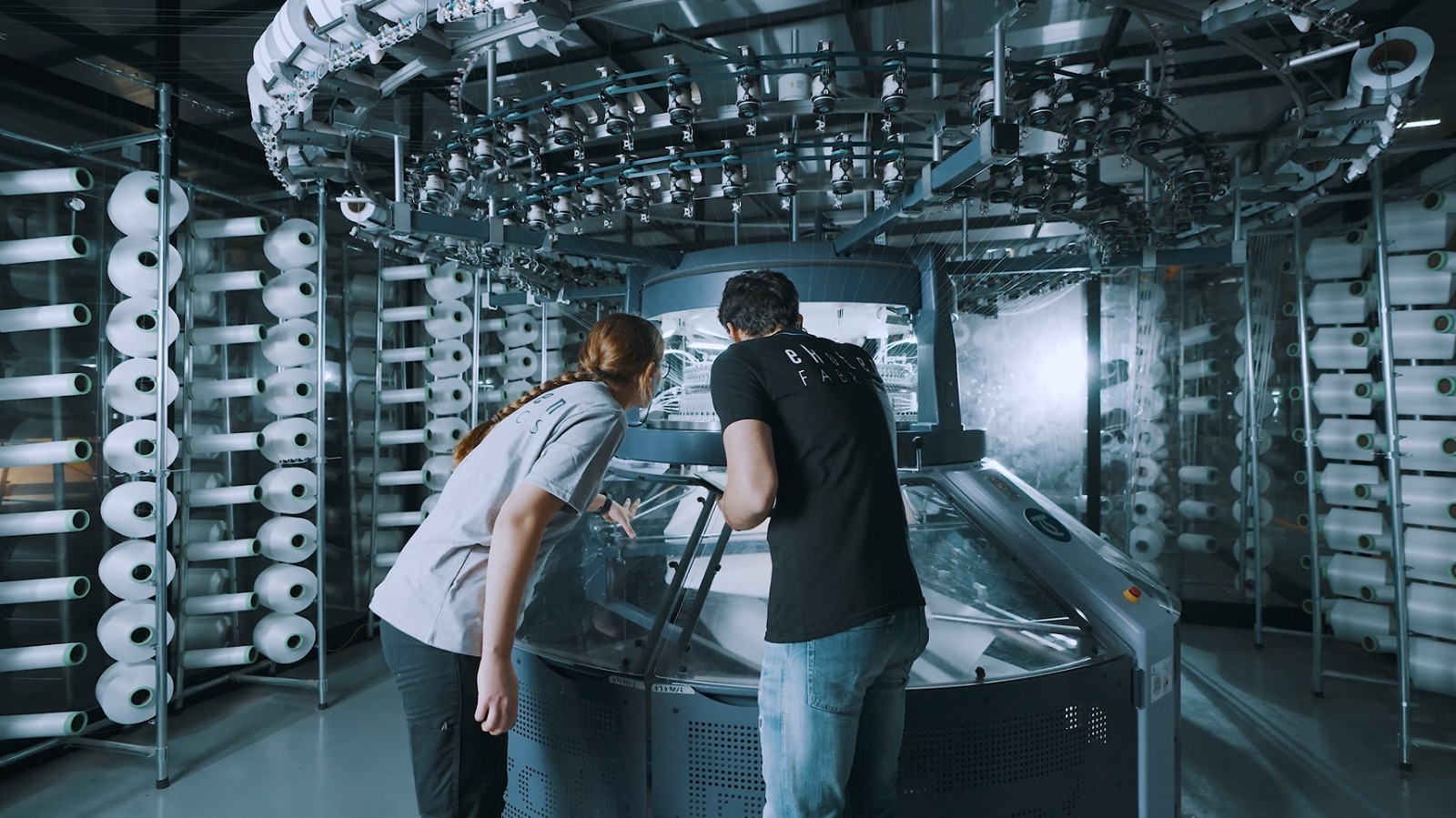
While the World Health Organization (WHO) and the United Nations (UN) are seeking solutions to combat drought through various projects, Ekoten Textile, a subsidiary of Turkey’s textile giant Sun Textile, has developed a groundbreaking project in collaboration with a technology startup to minimize the intensive water consumption in the textile industry. This pioneering project, the first of its kind globally, will enable the recycling and reuse of up to 90% of the water used in textile production.
Drought is one of the most pressing issues facing the world today. According to WHO data, 40% of the global population is struggling with water scarcity. By 2030, up to 700 million people could be forced to migrate due to drought. The unconscious use of water in global production processes plays a significant role in the rapid depletion of clean water resources.
The textile industry is one of the sectors with the highest water consumption. In Turkey, while the food industry consumes 22% of the water used for industrial purposes, the textile sector follows closely with 18%. For instance, producing an average of 40 tons of products daily requires 2,500 tons of water, equivalent to the daily water consumption of approximately 10,000 people.
CLEAN WATER RESOURCES FOR HUNDREDS OF THOUSANDS OF PEOPLE EVERY DAY!
In textile production, where clean water resources are heavily consumed, the innovative success of the Turkish company stands out as a global best practice. This initiative will shape the future of the industry. The wastewater recycling project, developed through intensive R&D efforts, will ensure that over 90% of the required water is sourced from recycled supplies.
The reuse of wastewater in production will transform the fate of countries operating in the textile sector. By preventing the use of clean water resources for textile production, this project will free up clean water sources that can meet the daily needs of hundreds of thousands of people.
R&D ACTIVITIES IN 38 COUNTRIES WITH 380 PARTNERS!
Sun Textile places great emphasis on R&D activities, conducting research and development efforts with 380 partners across 38 countries. Sun Textile and its subsidiary Ekoten Textile export nearly 90% of their production, solidifying their identity as a leading exporter. The company ships products to numerous destinations worldwide, including European countries, the UK, and the US. Sun Textile, the leading ready-to-wear exporter in the Aegean Region, achieved a consolidated turnover of 250 million euros in the third quarter of 2024, continuing its active growth trajectory.
OFFERING CUSTOM DESIGNS TO CUSTOMERS
Sun Textile provides its own designed collections to leading brands in Europe and the UK. Ekoten Textile, its subsidiary, is among the most respected knitted fabric manufacturers in Turkey and Europe.
With a dedicated sales team for each major customer group and five design offices in three different countries, Sun Textile creates designs tailored to its customers’ needs. Its largest clients include the Inditex Group, H&M, Jimmy Key, Tesco, Kiabi, Marks & Spencer, and Next.
Sun Textile also extends its sustainability approach to social responsibility, notably for its high ratio of female employees. The company, which went public in 2022, is also listed in dividend indexes.
-
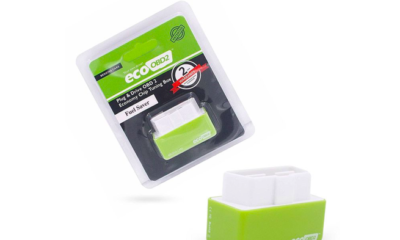
 Tech4 years ago
Tech4 years agoEffuel Reviews (2021) – Effuel ECO OBD2 Saves Fuel, and Reduce Gas Cost? Effuel Customer Reviews
-
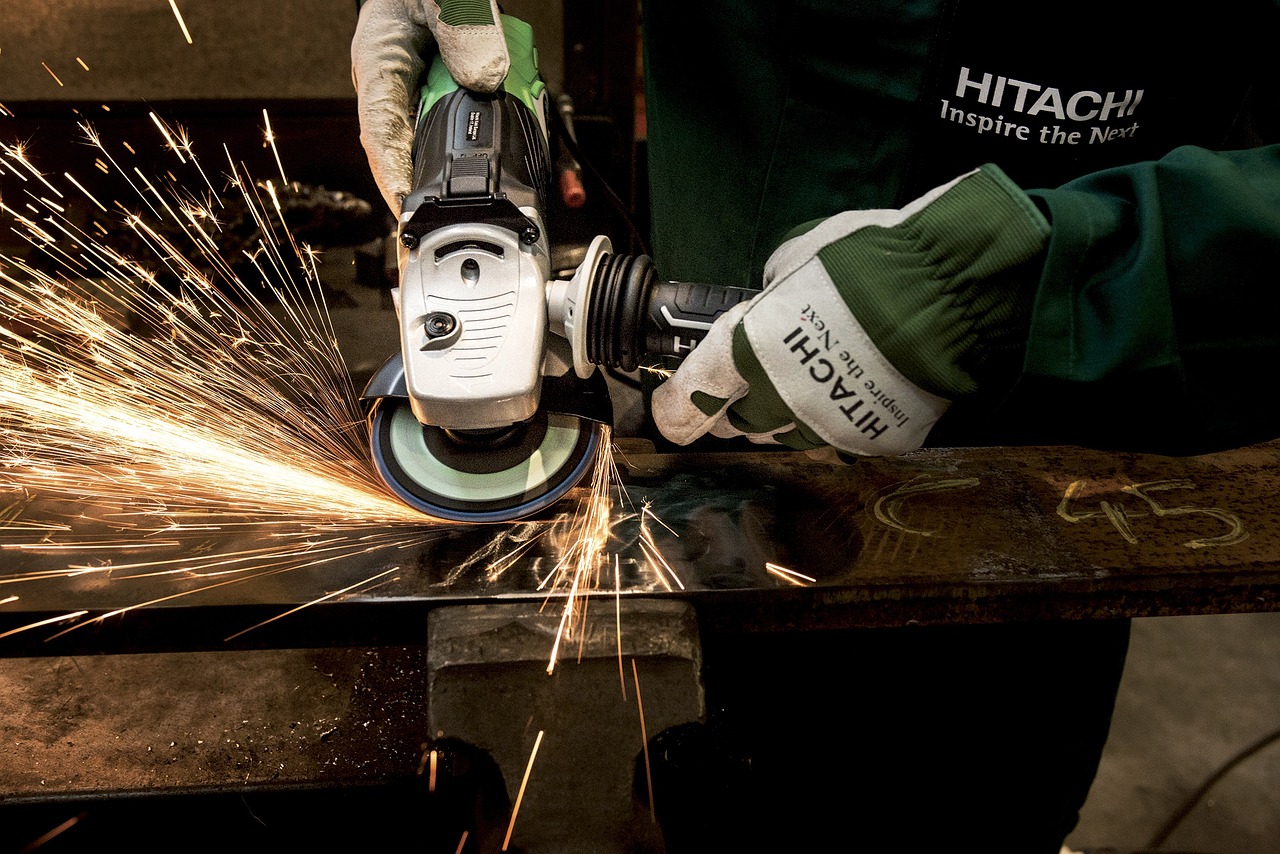
 Tech6 years ago
Tech6 years agoBosch Power Tools India Launches ‘Cordless Matlab Bosch’ Campaign to Demonstrate the Power of Cordless
-

 Lifestyle6 years ago
Lifestyle6 years agoCatholic Cases App brings Church’s Moral Teachings to Androids and iPhones
-
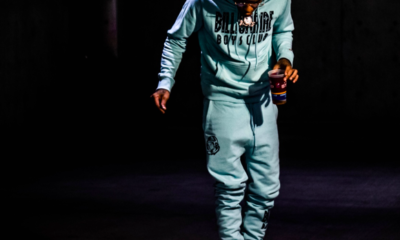
 Lifestyle4 years ago
Lifestyle4 years agoEast Side Hype x Billionaire Boys Club. Hottest New Streetwear Releases in Utah.
-

 Tech6 years ago
Tech6 years agoCloud Buyers & Investors to Profit in the Future
-

 Lifestyle5 years ago
Lifestyle5 years agoThe Midas of Cosmetic Dermatology: Dr. Simon Ourian
-

 Health6 years ago
Health6 years agoCBDistillery Review: Is it a scam?
-

 Entertainment6 years ago
Entertainment6 years agoAvengers Endgame now Available on 123Movies for Download & Streaming for Free
